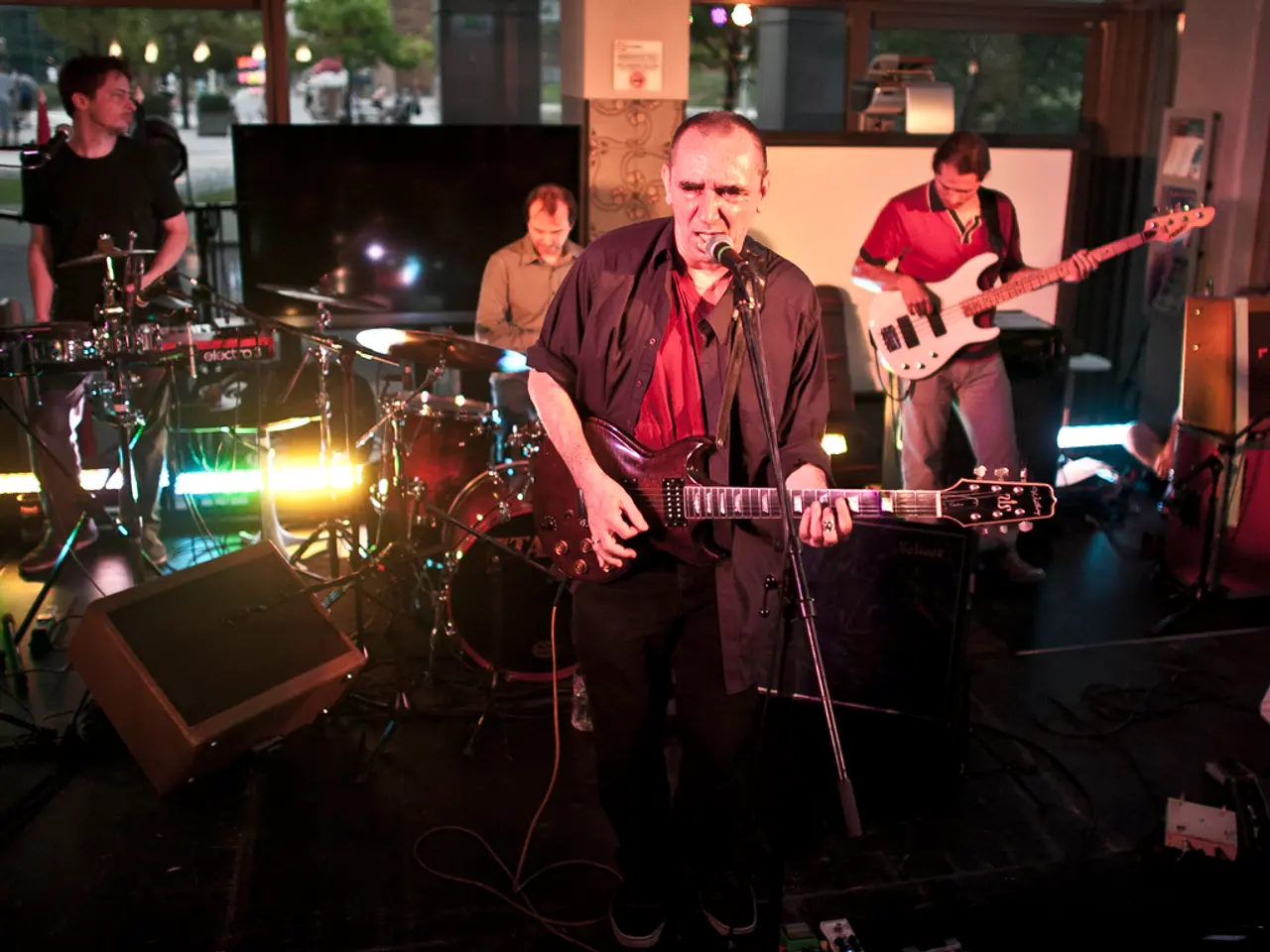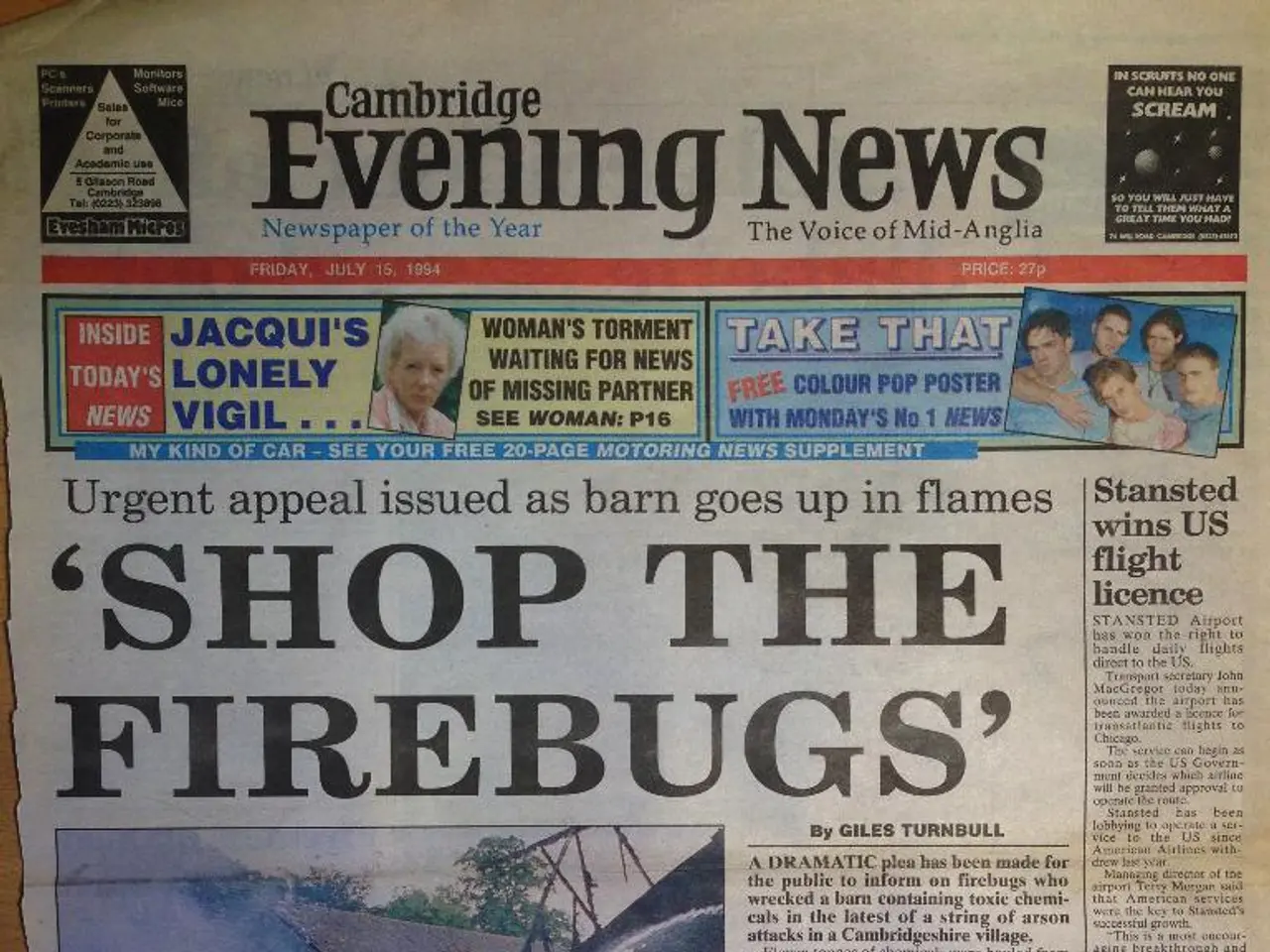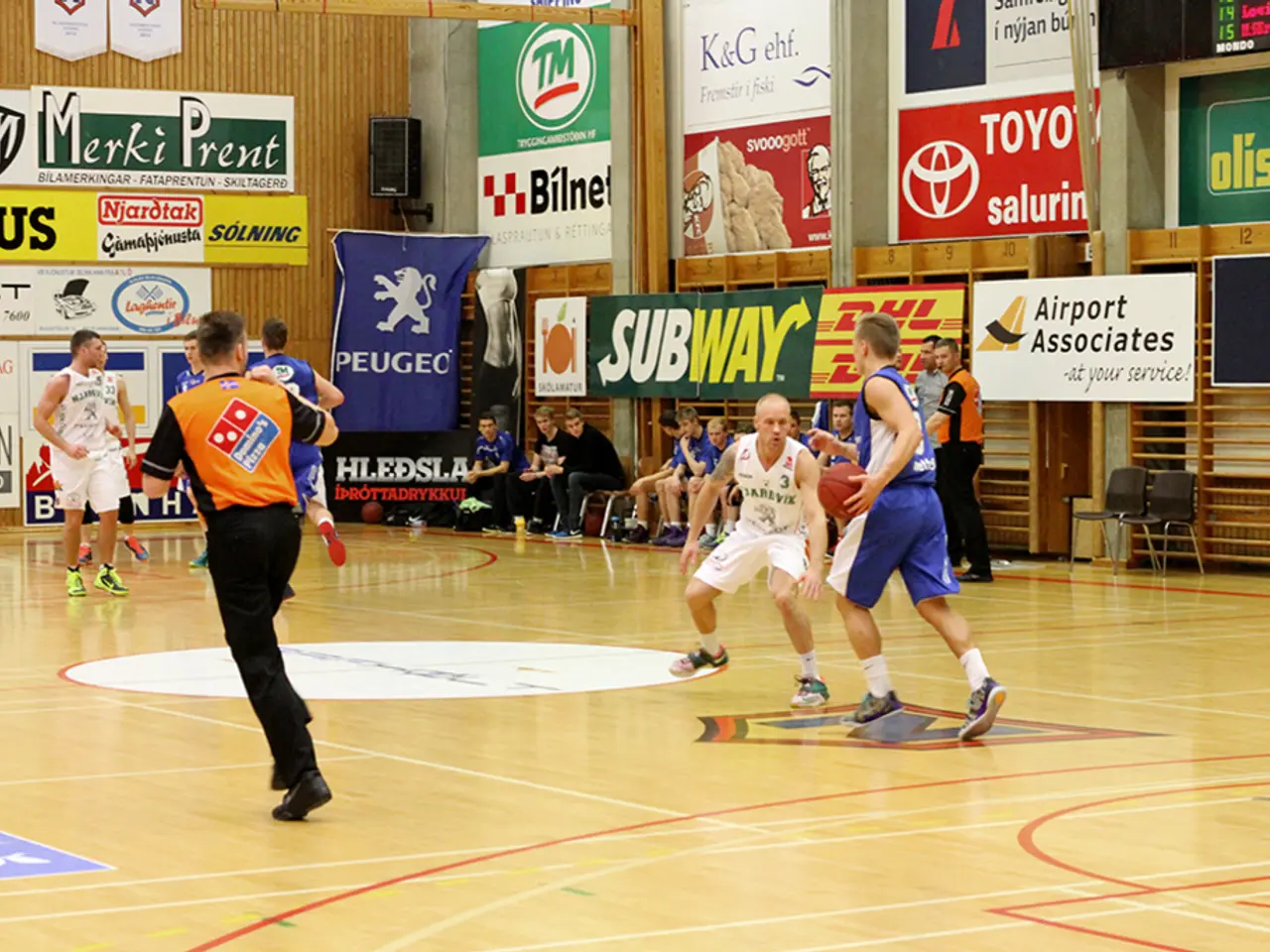Transformation of Sundance: Journey from Independent Roots to Mainstream Influence in Hollywood
Sundance Film Festival: From Indie Roots to Hollywood Powerhouse
The Sundance Film Festival, a beacon of independent cinema, has come a long way since its humble beginnings in the late 70s. Founded by Robert Redford through the Sundance Institute in 1985, the festival initially served as a platform for emerging independent filmmakers to showcase diverse and socially relevant stories [1].
In the early years, Sundance provided a platform for visionaries like Quentin Tarantino, Steven Soderbergh, and the Coen Brothers, who found their footing here [1]. A pivotal moment came in 1991 when Tarantino's "Reservoir Dogs" debuted at Sundance, catapulting him to international fame [1].
Over the decades, Sundance has evolved from a niche event into a globally recognized festival. It expanded its scope, accepting a broader range of films and increasing international submissions from 156 countries in 2025 [3]. The festival's programming now includes episodic content, talks, and special events [3].
Sundance's influence on mainstream cinema grew as Hollywood took notice of its success. In 2004, "Garden State" solidified Sundance's role as a launchpad for careers, and in 2016, "Manchester by the Sea" premiered at Sundance, leading to critical acclaim and Oscar wins [1].
The festival retains its indie spirit through initiatives that focus on marginalized voices, social issues, and innovative storytelling. Programs like Women at Sundance, the Native Forum, and the New Frontier Program champion diverse voices and stories that often go unheard in mainstream cinema [1]. The Sundance Institute's Native Program supports Native American and Indigenous filmmakers, furthering its commitment to inclusivity [1].
Sundance's efforts have not gone unnoticed. Hollywood has taken note and started investing in diverse voices, a trend that can be attributed in part to Sundance's influence [1]. The festival's dedication to democratizing indie filmmaking, nurturing talent, and promoting socially conscious storytelling has made it a premier bridge between independent art and Hollywood's commercial landscape [1][3][4].
In summary, Sundance's evolution from a small indie film showcase to a global industry powerhouse lies in its dual role as a nurturing institute for filmmakers and a premier festival that bridges independent art with Hollywood's commercial landscape, all while championing diversity and socially conscious storytelling [1][3][4].
- The Sundance Film Festival, a key platform for independent filmmakers, has evolved from its indie roots to become a Hollywood powerhouse.
- The actor Robert Redford founded the Sundance Film Festival in 1985 as a platform for diverse and socially relevant independent films.
- The festival has been instrumental in launching the careers of visionary filmmakers, such as Quentin Tarantino, Steven Soderbergh, and the Coen Brothers.
- Hollywood has taken notice of the Sundance Film Festival, viewing it as a significant launchpad for movies and TV series.
- The festival's programming includes not only films but also talks, special events, and episodic content, making it a comprehensive showcase of entertainment.
- Sundance champions diversity and social issues, creating programs like Women at Sundance, the Native Forum, and the New Frontier Program to showcase marginalized voices and innovative storytelling.
- The Sundance Institute's Native Program supports Native American and Indigenous filmmakers, furthering their commitment to inclusivity.
- The Sundance Film Festival's success has had a significant impact on the industry, encouraging Hollywood to invest in diverse voices and stories.
- The festival's mission is to serve as a bridge between independent art and Hollywood's commercial landscape, promoting democratic access to filmmaking and socially conscious storytelling.






